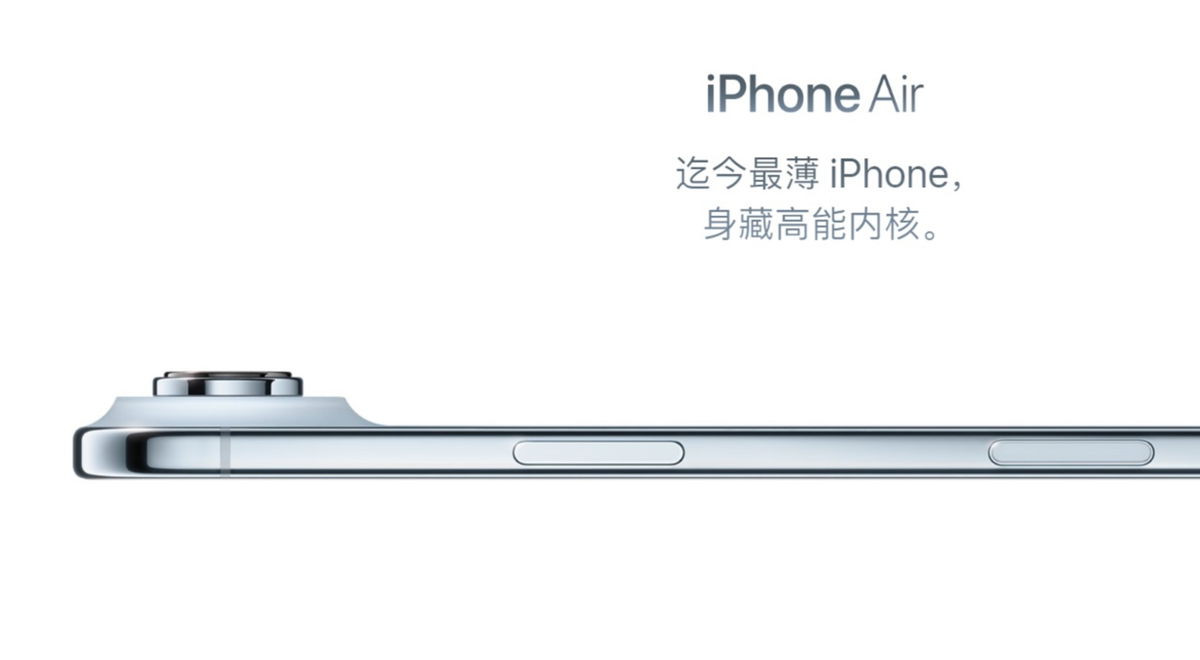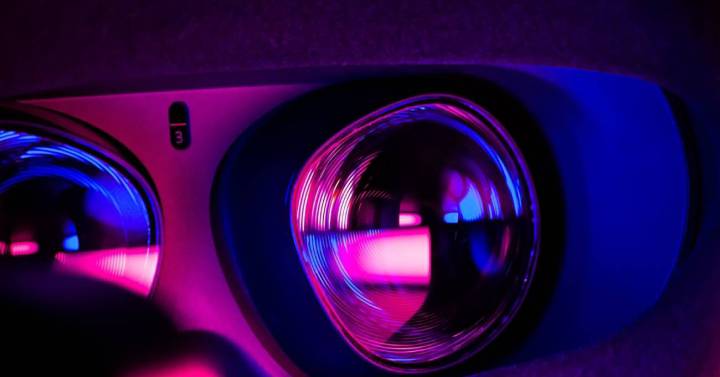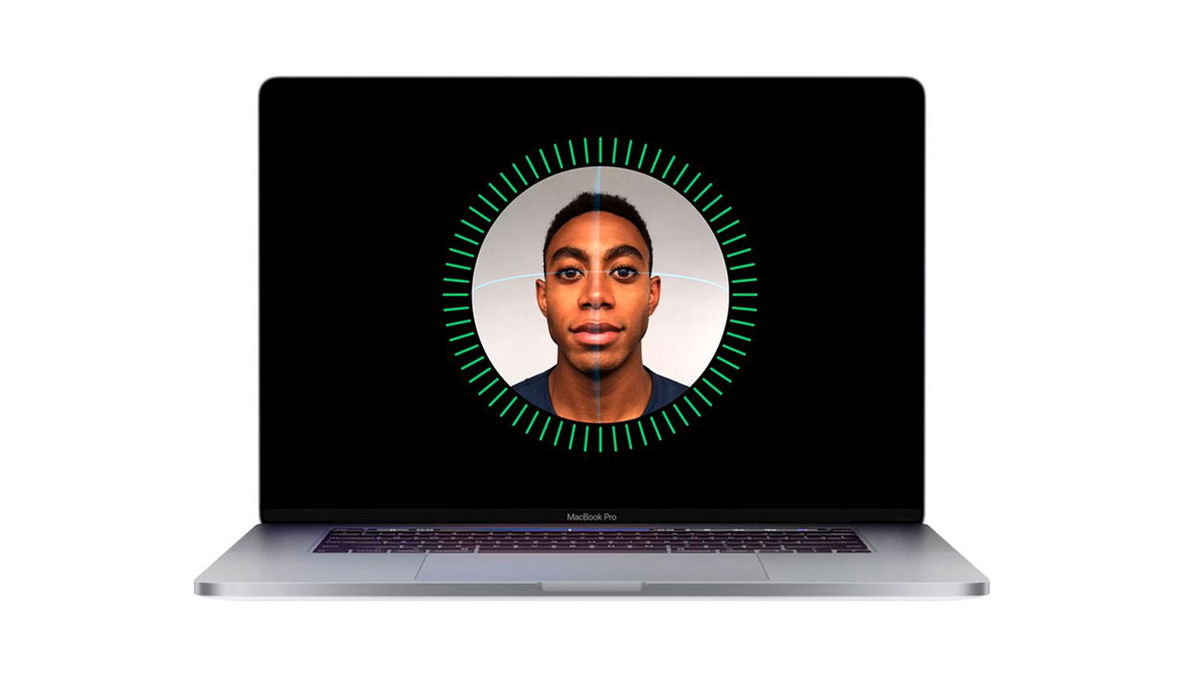Then Google Using the mobile screen to enjoy the content, Google Cardboard surprised us when it brought its virtual reality glasses to around 5 Euros. virtual reality. And the truth is, this team worked really well, but Google abandoned the project because the technology was losing ground. Although it seems like they are going back to the old ways.
It was Google’s own chief of hardware, Rick Osterloh, who posted a note on the company’s official blog confirming that Google has acquired Raxium, a five-year venture. microLED technology and it could be the key to the next generation of augmented, virtual and mixed reality glasses.
taking into account Acquired smart glasses manufacturer North in 2022, and it is obvious that Google is gaining weight, as it employs engineers to create an augmented reality operating system.
Is Project Iris Google’s next VR headset?
Everything points in this direction. especially since Google Labs has started work on a new project called Iris, which aims to launch virtual reality glasses. We were able to see the first brushstrokes of the Iris project in the latest edition of Google I/O, and it looks like they may surprise us with more news this year.
OPPO and Apple are already working with this MicroLED technology in their future virtual reality glasses, so Google was expected to bet on this type of panel for next-gen VR equipment.
It should be noted that an AMOLED panel offers a pixel size of 50 micronsmeans the distance between each pixel. Instead, MicroLED technology reaches a distance of 3.5 microns, so the image quality is infinitely better. It also offers surprisingly high energy efficiency, which will have a significant impact on battery life by consuming much less than other solutions.
It’s still too early to know more details about these VR glasses, but the idea that Google will launch MicroLED is excellent news for the industry for several reasons. The most obvious are the next generation of virtual reality glasses, which will offer a simply impressive leap in image quality.
And on the other hand, the MicroLED Smart TV market. Today, they are priced exorbitantly beyond commercial purposes or to be a consumer product for the wealthiest pockets. The arrival of this technology in the VR industry could be the boost the MicroLED TV market needs.
Source: Cincodias Elpais











